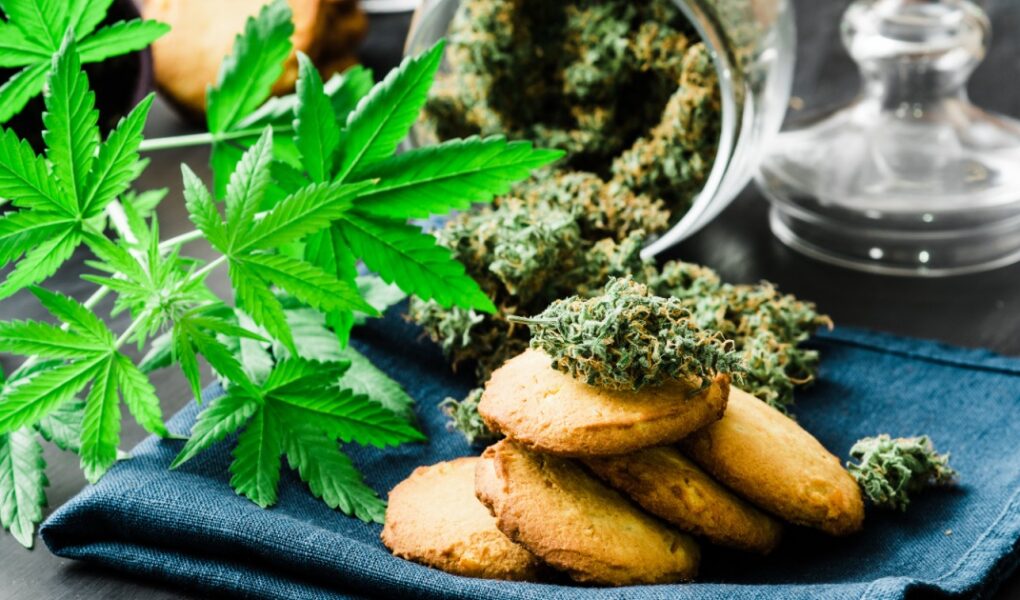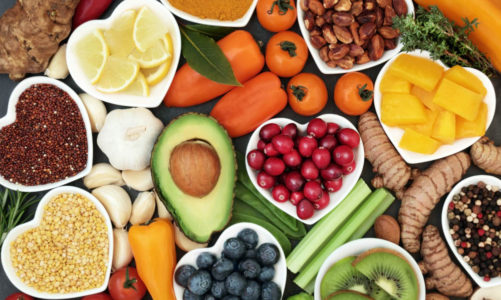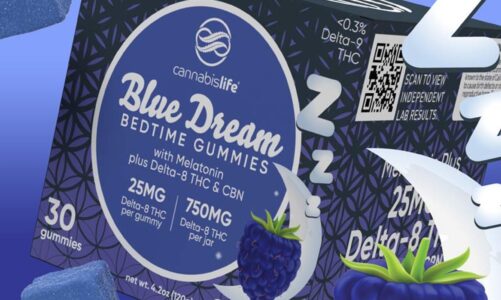While thca vapes have become a popular choice for quick consumption, cooking with THCA offers a unique way to incorporate this non-psychoactive cannabinoid into your culinary routine. Unlike THC, THCA doesn’t produce psychoactive effects unless heated, making it ideal for recipes where you want to preserve its raw benefits. Whether blending it into smoothies or infusing it into sauces, here’s how to make the most of THCA in your kitchen.
1. Understand the role of heat
THCA converts to THC when exposed to high temperatures, a process called decarboxylation. If you want to retain THCA’s properties, avoid cooking it above 220°F (104°C). Mix THCA-rich products (like crystalline or tinctures) directly into dressings or batters for cold dishes like salads or no-bake desserts. If you aim for a psychoactive effect, gently heat the ingredient at 240°F (116°C) for 30–40 minutes before adding it to recipes. Advanced temperature control techniques can help you maintain precise heat levels throughout cooking. Consider using a sous vide machine or double boiler for more delicate preparations. These methods provide consistent, controlled heating that helps preserve the integrity of your ingredients.
2. Choose the right carrier ingredients
THCA binds best with fats and alcohols, which help disperse it evenly in your dish. For savoury recipes, consider blending it into olive oil, coconut milk, or butter. For sweeter options, mix it with honey or alcohol-based extracts. Avoid adding THCA directly to water-based liquids, as it won’t dissolve properly, leading to uneven distribution. When selecting carrier ingredients, consider their smoke points and stability at different temperatures. Some oils maintain their properties better than others when heated, which affects the final taste and the effectiveness of your THCA infusion. Cold-pressed oils often work well for raw preparations, while more stable fats might be better suited for heated applications.
3. Prioritize freshness
The potency of your final dish depends on the quality of your starting material. Opt for lab-tested THCA products to ensure purity and accurate dosing. Store raw cannabis flowers or concentrates in an airtight container in a cool, dark place to prevent degradation. If using a tincture, check its expiration date and shake well before use. Understanding proper storage techniques significantly extends the shelf life of your ingredients. Consider using amber glass containers to protect light-sensitive materials, and always keep track of storage dates. Vacuum-sealing also helps preserve freshness for extended periods, especially when dealing with raw materials.
4. Experiment with cold recipes
Since heat can alter THCA, cold dishes are a foolproof way to preserve its integrity. Try adding it to:
- Smoothies or juices
- Yogurt parfaits
- Homemade ice cream
- Raw energy balls
- Cold-pressed salad dressings
- Overnight oats
- Chilled soups
- No-bake protein bars
Thca vapes in these recipes helps maintain an acidic profile, providing possible therapeutic effects without inducing a high. When creating cold recipes, consider the texture and consistency of your final dish. Some preparations require additional emulsifiers or stabilisers to maintain proper incorporation.
5. Dose carefully
THCA is non-intoxicating, but precise dosing still matters, especially if you plan to heat it later. Start with small amounts (1–5 mg per serving) and adjust gradually based on your preferences. Use a kitchen scale or measuring dropper for accuracy, and label infused ingredients clearly to avoid accidental overconsumption. Keeping detailed records of recipes to refine your approach over time. Consider creating a cooking journal to track different combinations and their effects.
Understanding the science behind THCA cooking enhances your results. Please pay attention to pH levels in your recipes, as they affect how well THCA incorporates into different ingredients. Some chefs successfully use natural emulsifiers like lecithin to improve incorporation and bioavailability. Cooking with THCA opens up a world of culinary creativity, whether you’re crafting wellness-focused meals or exploring new flavours.




